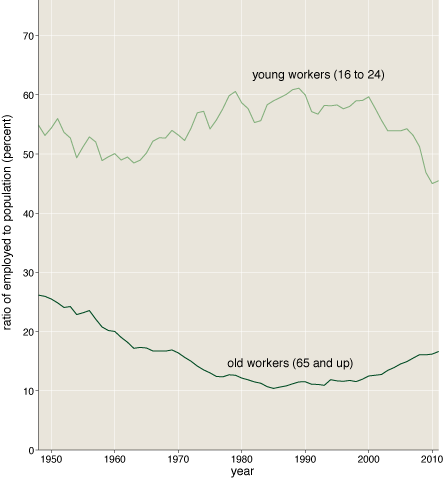Lost in Translation
by Brian Hayes
Published 10 October 2015
J. E. Littlewood told a cute story about a paper he supposedly published in the Comptes Rendus de l’Académie des sciences de Paris. The paper had three footnotes, which read, in French:
- I am greatly indebted to Prof. Riesz for translating the present paper.
- I am indebted to Prof. Riesz for translating the preceding footnote.
- I am indebted to Prof. Riesz for translating the preceding footnote.
Why stop at three? Littlewood explains: “However little French I know I am capable of copying a French sentence.”
I thought of this incident the other day when I received a letter from Medicare. At the top of the single sheet of paper was the heading “A Message About Medicare Premiums,” followed by a few paragraphs of text, and at the bottom this boldface note:
The information is printed in Spanish on the back
Naturally, I turned the page over. I found the heading “Un mensaje sobre las primas de Medicare,” followed by a few paragraphs of Spanish text, and then this in boldface:
La información en español está impresa al dorso
The line is a faithful translation of the English text from the other side of the sheet. (O el inglés es una traducción fiel del español.) But in this case neither copying nor faithful translation quite suffices. It seems we have fallen into the wrong symmetry group. The statement “This sentence is not in Spanish” is true, but its translation into Spanish, “Esta frase no está en español” is false. Apart from that self-referential tangle, if the two boldface notes in the letter are to be of any use to strictly monolingual readers, shouldn’t they be on opposite sides of the paper?
By the way, I had always thought the Littlewood three-footnote story referred to a real paper. But his account in A Mathematicians’s Miscellany suggests it was a prank he never had a chance to carry out. And in browsing the Comptes Rendus on Gallica, I find no evidence that Littlewood ever published there. [Please see comment below by Gerry Myerson.]
Responses from readers:
Please note: The bit-player website is no longer equipped to accept and publish comments from readers, but the author is still eager to hear from you. Send comments, criticism, compliments, or corrections to brian@bit-player.org.
Publication history
First publication: 10 October 2015
Converted to Eleventy framework: 22 April 2025



I think Littlewood did publish in Comptes Rendus, e.g., J.E. Littlewood, Sur la distribution des nombres premiers, Comptes Rendus de l’Acad Sci Paris, Vol 158 (1914) p 1869 ff. (though I haven’t checked to see whether there are any footnotes there about translations).
How did I miss that one? Probably the same way I missed this one:
And this one:
Searching Gallica for “Littlewood” returns hits in 57 numbers of the Comptes Rendus. I’ve now gone through the list more carefully, and I’m fairly sure that only these three entries are contributions by J. E. Littlewood (as opposed to mentions or citations). But the reliability of Gallica’s index is not to be taken for granted; it appears to be generated by optical character recognition.
In any case, none of the three papers listed above has the famous trio of footnotes thanking Prof. Riesz. They have no footnotes at all.
You are correct! sometimes it happens. :) Perfect translation is very tough thing.